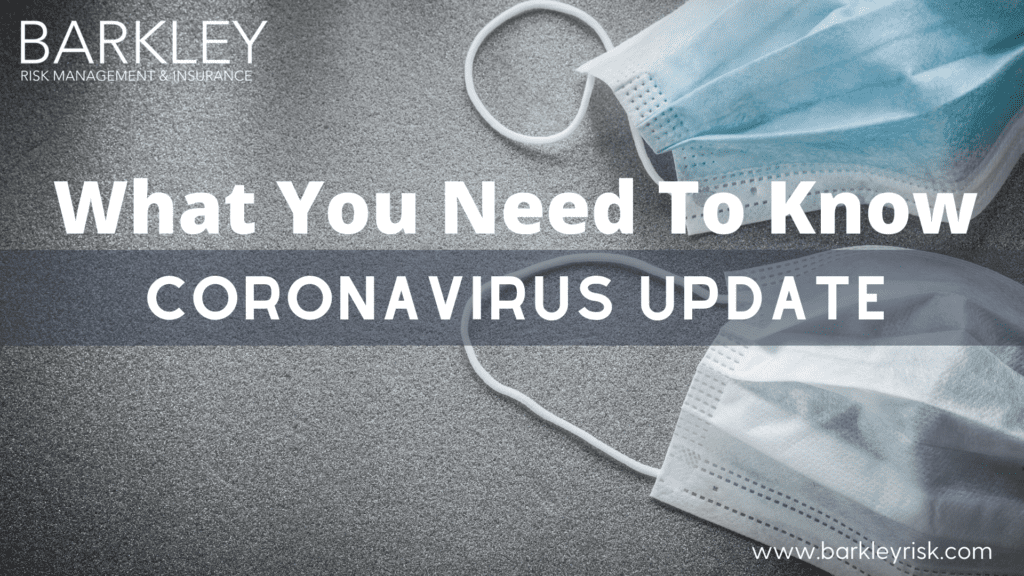
Coronavirus Update - What You Need To Know
The 2019 Novel Coronavirus (COVID-19) is all over the news and is a clear cause for concern globally. As the situation evolves, it is important to know the facts and stay up-to-date on the latest information. You and your employees may have questions and concerns on the best ways to prevent the spread of this virus and how best to protect yourself from contracting it. In this article, we will cover some of the most frequently asked questions and provide you with the most current facts regarding the fast-spreading virus.
As with any critical situation, it is imperative to stay calm and not panic. The Novel Coronavirus at this time is considered to be a cause for concern, but not a cause for panic. The CDC has confirmed that currently, the likelihood of Americans contracting the illness remains low. To put it into perspective, the influenza virus kills about 35,000 Americans each year and is a much greater threat than the Coronavirus. Healthcare providers are recommending we use the same practices we use to prevent the spread of the flu to stop the spread of the Coronavirus.
What is the 2019 Novel Coronavirus?
The new Ccoronavirus causes respiratory illness, which is an infection of the airways and lungs. It’s part of the same family of viruses that include the common cold, severe acute respiratory syndrome (SARS) and Middle East respiratory syndrome (MERS). The virus is linked to an outbreak of respiratory illness in Wuhan, China. On January 30, 2020, the World Health Organization declared the Novel Coronavirus a global health emergency. The same day, the Centers for Disease Control and Prevention confirmed the first human-to-human transmission in the United States.
Is Novel Coronavirus spreading in the United States?
The CDC has confirmed that at this time, this virus is not spreading in communities in the United States, so the likelihood of someone in this country getting sick with this virus is very low. Right now, the greatest risk of infection is for people in China or people who have traveled to China within the past 14 days.
How is the CDC responding to the situation?
The public health response is multi-layered, with the goal of detecting and minimizing introductions of this virus in the United States so as to reduce the spread and the impact of this virus. Because current global circumstances suggest it is likely that this virus will cause a pandemic, the CDC is operationalizing all of its pandemic preparedness and response plans, working on multiple fronts to meet these goals, including specific measures to prepare communities to respond local transmission of the virus that causes COVID-19. There is an abundance of pandemic guidance developed in anticipation of an influenza pandemic that is being repurposed and adapted for a COVID-19 pandemic.
What is the potential risk?
The CDC states the following as far as potential risk to the general American public:
The potential public health threat posed by COVID-19 is high, both globally and to the United States. But individual risk is dependent on exposure.
- For the general American public, who are unlikely to be exposed to this virus at this time, the immediate health risk from COVID-19 is considered low.
- Under current circumstances, certain people will have an increased risk of infection, for example healthcare workers caring for patients with COVID-19 and other close contacts of persons with COVID-19. CDC has developed guidance to help in the risk assessment and management of people with potential exposures to COVID-19.
What are the symptoms?
The most common early symptoms appear between 2 and 14 days after being infected. These symptoms, which range from mild to severe, include:
- Fever
- Cough
- Shortness of breath
How can I help protect myself and others?
It’s still cold and flu season, and the same practices that stop the spread of these common illnesses are recommended:
- Wash your hands often with soap and water for at least 20 seconds.
- Avoid touching your eyes, nose, or mouth with unwashed hands.
- Avoid close contact with people who are sick.
- Stay home if you are sick, except to get medical care.
- Cover mouth and nose when you cough or sneeze. Throw the tissue away and wash your hands.
- Clean and disinfect objects and surfaces you touch.
What the CDC Recommends
While the immediate risk of this new virus to the American public is believed to be low at this time, everyone can do their part to help us respond to this emerging public health threat:
It’s currently flu and respiratory disease season and CDC recommends getting a flu vaccine, taking everyday preventive actions to help stop the spread of germs, and taking flu antivirals if prescribed.
- If you are a healthcare provider, be on the look-out for people who recently traveled from China and have fever and respiratory symptoms.
- If you are a healthcare provider caring for a COVID-19 patient or a public health responder, please take care of yourself and follow recommended infection control procedures.
- If you have been in China or have been exposed to someone sick with COVID-19 in the last 14 days, you will face some limitations on your movement and activity. Please follow instructions during this time. Your cooperation is integral to the ongoing public health response to try to slow spread of this virus. If you develop COVID-19 symptoms, contact your healthcare provider, and tell them about your symptoms and your travel or exposure to a COVID-19 patient.
- For people who are ill with COVID-19, please follow CDC guidance on how to reduce the risk of spreading your illness to others.
For the most updated information on the Coronavirus, visit cdc.gov

